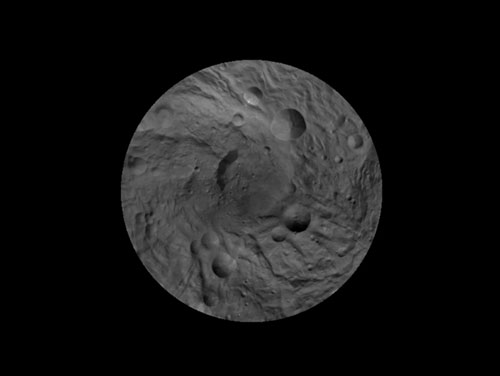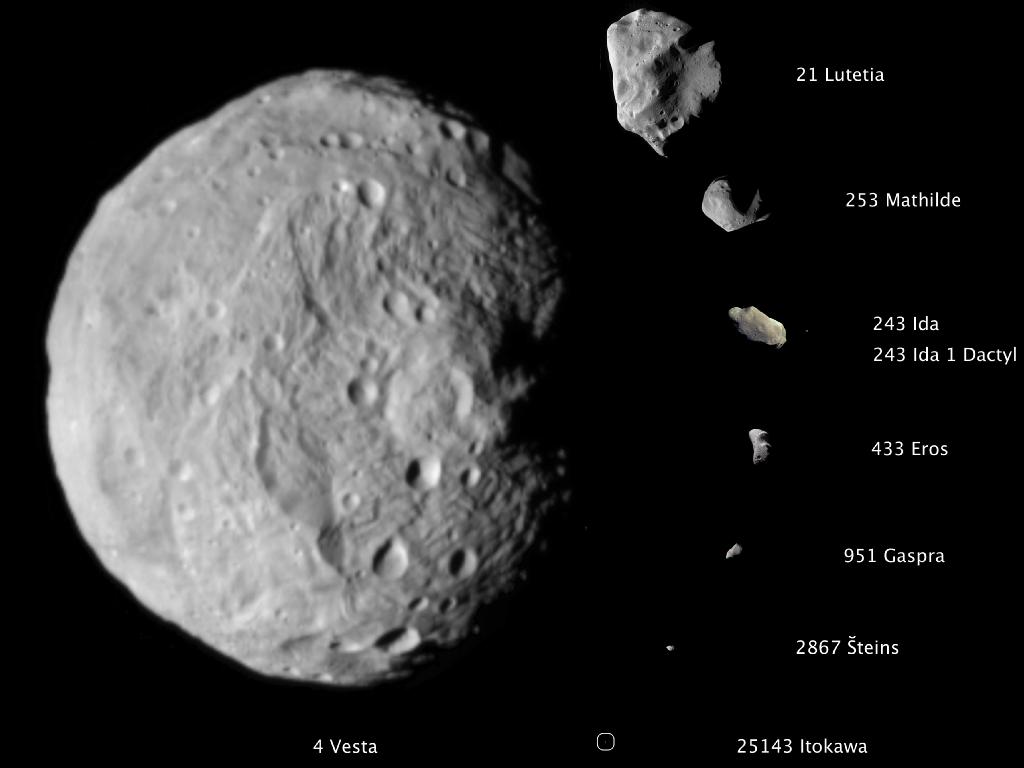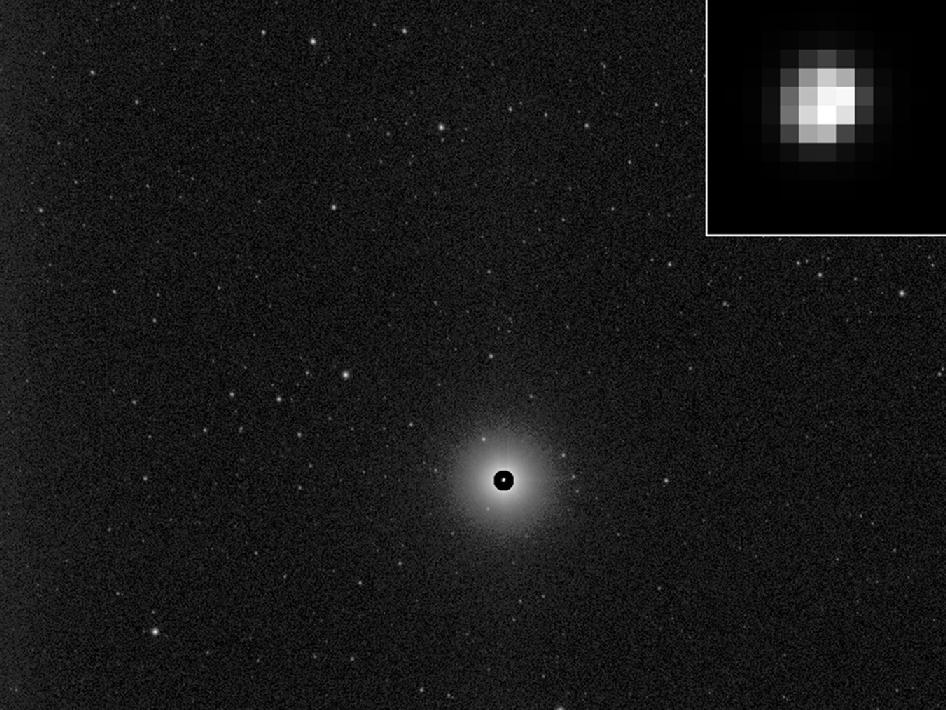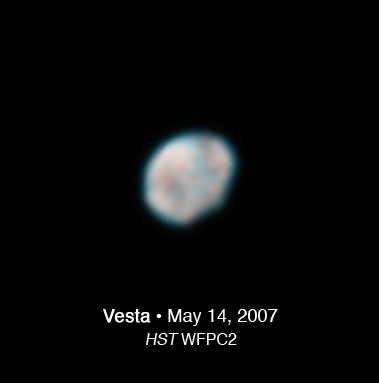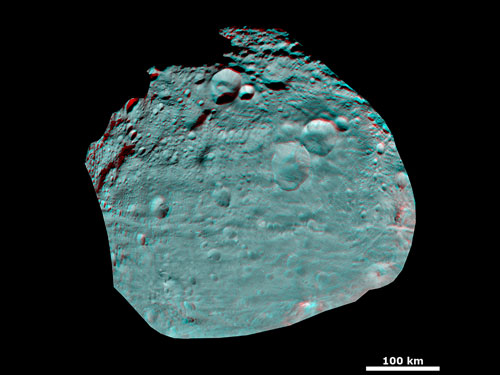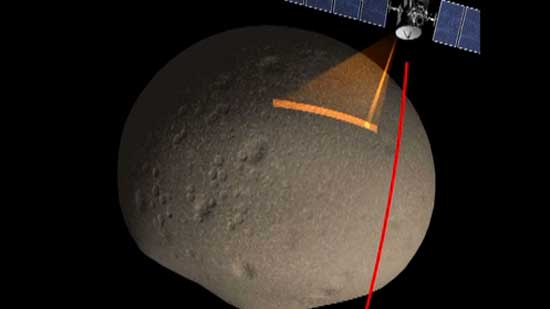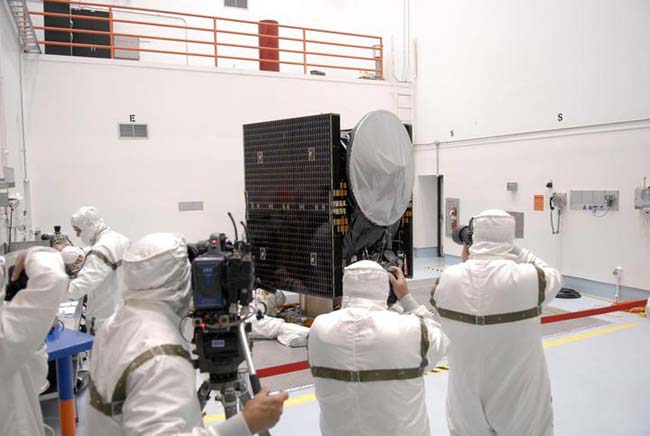Photos: Asteroid Vesta and NASA's Dawn Spacecraft
Map of Vesta's South Pole
This image mosaic of Vesta's south pole is generated from dozens of individual images obtained by the framing camera aboard NASA's Dawn spacecraft.
Comparative Sizes of Eight Asteroids
This composite image shows the comparative sizes of eight asteroids. Until now, Lutetia, with a diameter of 81 miles (130 kilometers), was the largest asteroid visited by a spacecraft, which occurred during a flyby. Vesta, which is also considered a protoplanet because it's a large body that almost became a planet, dwarfs all other small bodies in this image, with diameter of approximately 330 miles (530 km).
Asteroid Vesta photo by Dawn spacecraft, June 1, 2011
NASA's Dawn spacecraft captured this photo of the huge asteroid Vesta on June 1, 2011, from a distance of about 300,000 miles (483,000 kilometers).
Dawn Photo of Asteroid Vesta, June 20, 2011
NASA's Dawn spacecraft obtained this image on its approach to the protoplanet Vesta, the second-most massive object in the main asteroid belt. The image was obtained on June 20, 2011.
Dawn Spacecraft's First Photo of Asteroid Vesta
This image, processed to show the true size of the giant asteroid Vesta, shows Vesta in front of a spectacular background of stars. It was obtained by the framing camera aboard NASA's Dawn spacecraft on May 3, 2011, from a distance of about 750,000 miles (1.2 million kilometers). This and other images will help Dawn fine tune navigation during its approach to Vesta, with arrival expected on July 16, 2011.
Asteroid Vesta Photo - NASA's Dawn Spacecraft
This image shows the first, unprocessed image obtained by NASA's Dawn spacecraft of the giant asteroid Vesta in front of a background of stars. It was obtained by Dawn's framing camera on May 3, 2011, from a distance of about 750,000 miles (1.2 million kilometers).
Asteroid Vesta as Seen by Hubble
This Hubble Space Telescope image of Vesta shows another of the most massive asteroids in the asteroid belt, a region between Mars and Jupiter. The images are helping astronomers plan for the Dawn spacecraft's tour of these hefty asteroids.
Breaking space news, the latest updates on rocket launches, skywatching events and more!
Vesta's Surface in 3D: An Ancient, Cratered Surface
In this image of the giant asteroid Vesta obtained by NASA's Dawn spacecraft, numerous impact craters illustrate the asteroid's violent youth.
As the Asteroid Turns: Hubble Spies Vesta
Vesta is seen here as never before. The Hubble Space Telescope revealed that the asteroid rotates once every 5.34 hours, helping planners for NASA's DAWN spacecraft plan their July 2011 encounter with the asteroid.
NASA's Dawn Spacecraft Gets Ready for Launch
NASA's Dawn spacecraft bound for the asteroids Ceres and Vesta is photographed during prelaunch preparations.

Space.com is the premier source of space exploration, innovation and astronomy news, chronicling (and celebrating) humanity's ongoing expansion across the final frontier. Originally founded in 1999, Space.com is, and always has been, the passion of writers and editors who are space fans and also trained journalists. Our current news team consists of Editor-in-Chief Tariq Malik; Editor Hanneke Weitering, Senior Space Writer Mike Wall; Senior Writer Meghan Bartels; Senior Writer Chelsea Gohd, Senior Writer Tereza Pultarova and Staff Writer Alexander Cox, focusing on e-commerce. Senior Producer Steve Spaleta oversees our space videos, with Diana Whitcroft as our Social Media Editor.
